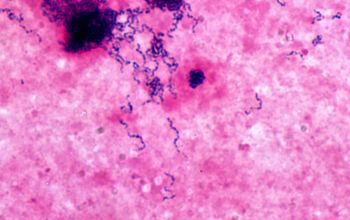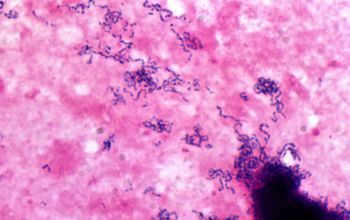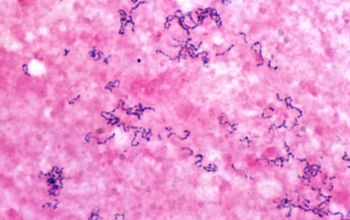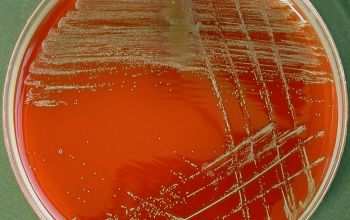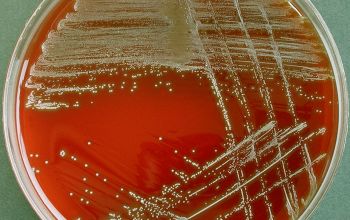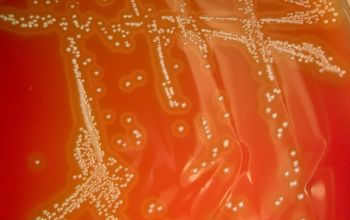Streptococcus constellatus
-
General information
Taxonomy
Family: Streptococcaceae
Streptococcus anginosus group / “S. milleri” / Lancefield Group F
- S. anginosus
- S. constellatus
- S. intermedius
Natural habitats
They are regarded generally as harmless commensals of the oropharyngeal, urogenital and gastrointestinal microbiota.
Clinical significance
These organisms are strongly associated with abscess formation in the brain, the oropharynx, or the peritoneal cavity.
The S. anginosus group has been implicated as an emerging psathogen in the respiratory tract of cystic fibrosis patients.
Specific isolation site
- S. anginosus - urogenital or gastrointestinal tract
- S. constellatus - respiratory tract
- S. intermedius - abscesses of the brain or liver
-
Gram stain
Gram positive streptococci,
grouped in chains
Liquid medium,
they are found in the form of chains of different lengths.
They namely divide into one direction
-
Culture characteristics
-
Facultative anaerobic
5% CO2 improves the growth
BA: small-colony-forming bacteria (< 0.5 mm), that can display variable patterns of hemolysis (α-, β-, or γ-hemolysis)
Colonies are 0.5-2.0 mm, white, translucent, convex, and entire, some strains produce colonies that are 0.5-1.0 mm, white and matte.
McConkey: no growth
BBAØ: growth (better)
Odor: butterscotch or caramel
-
-
Characteristics
-
References
James Versalovic et al.(2011) Manual of Clinical Microbiology 10th Edition
Karen C. Carrol et al (2019) Manual of Clinical Microbiology, 12th Edition

